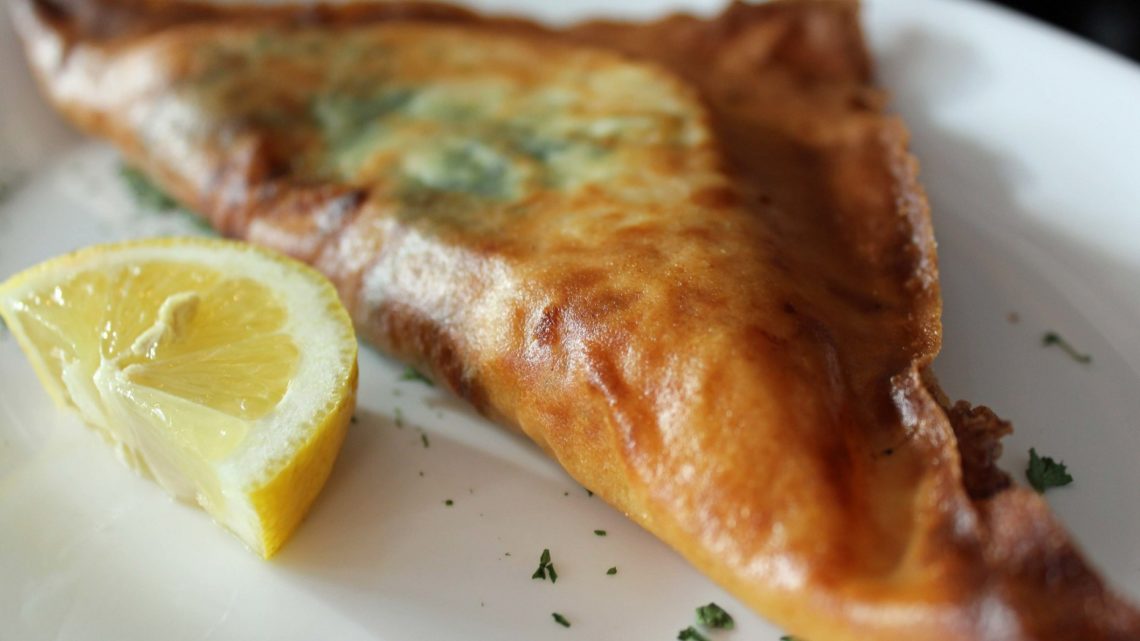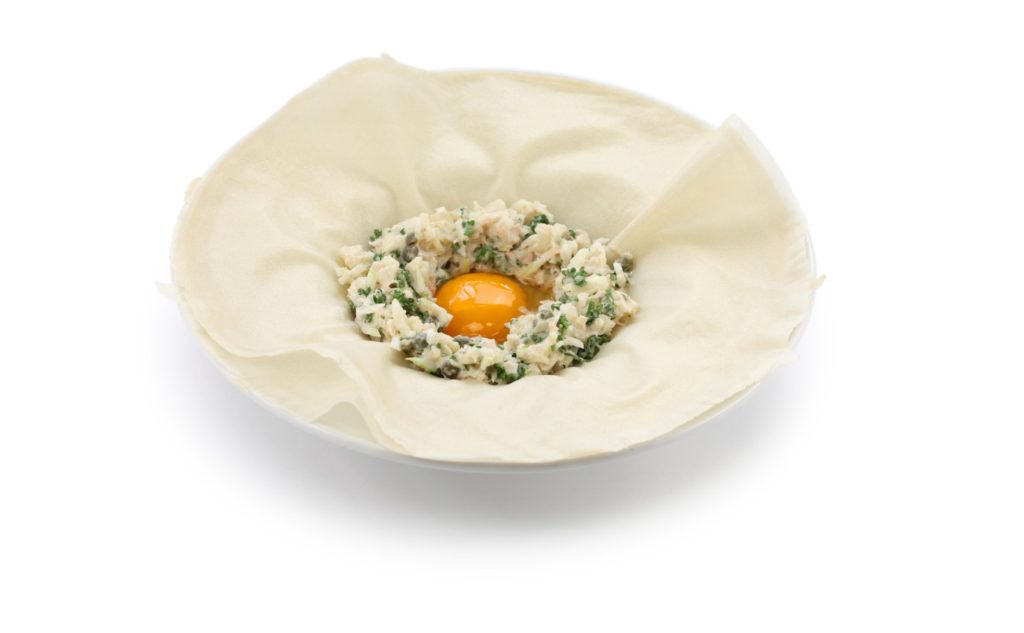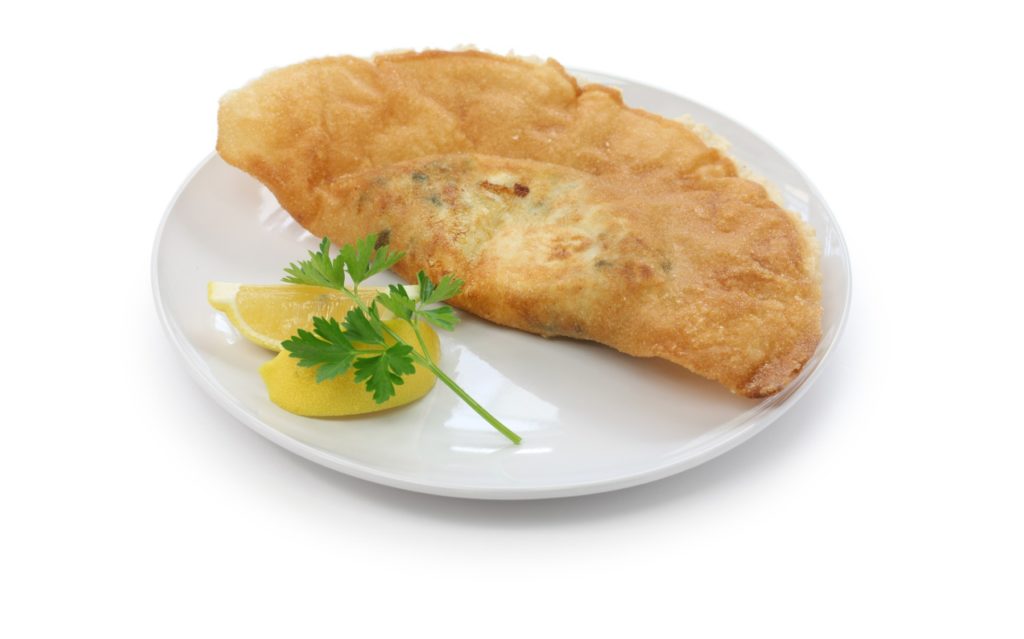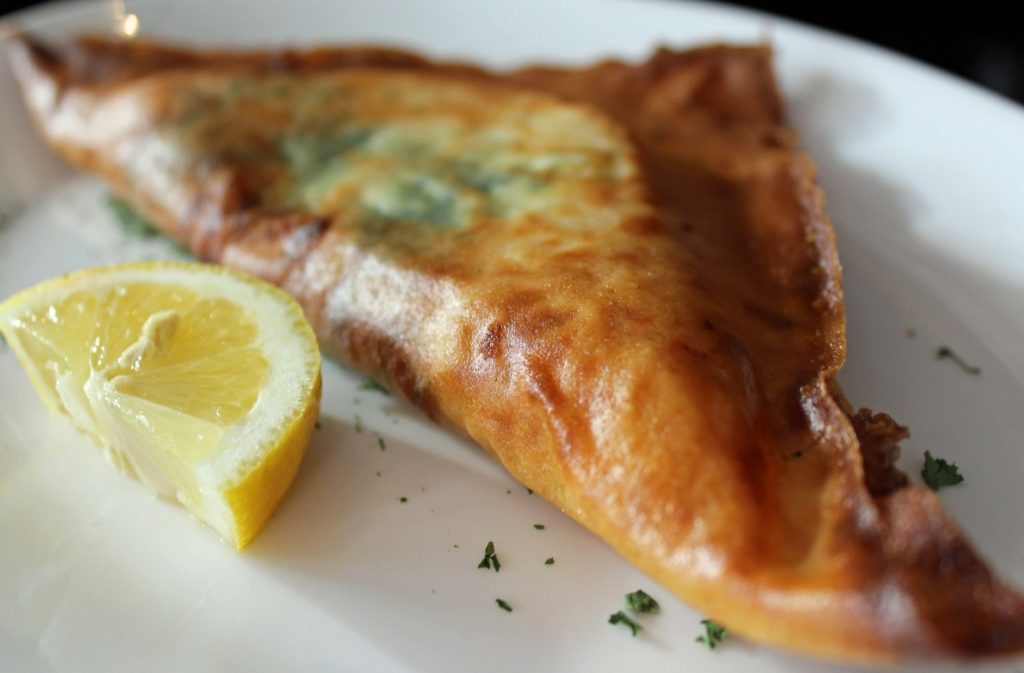
The Brik from Tunisia: A flavorful tale of tradition and taste
In the sun-soaked land of Tunisia, a culinary treasure awaits—one that embodies the essence of the region’s rich history and diverse culture. The brik, a beloved dish that has captured the hearts and palates of locals and visitors alike, is more than just a culinary creation; it’s a celebration of tradition, innovation, and the art of culinary storytelling.

Cultural Significance and the Journey to Beloved Dish Status
The brik, pronounced “breek,” holds a special place in Tunisian cuisine, reflecting a tapestry of cultural influences. Its roots trace back to the Jewish communities of North Africa, where it was originally prepared as a Sabbath treat. Over time, this delectable dish transcended its humble origins and became a staple of Tunisian street food, a cherished item on family tables during special occasions, and an ambassador of Tunisian gastronomy to the world.
Ingredients and Preparation: A Dance of Flavors and Techniques
The brik’s primary ingredients include delicate layers of thin pastry known as “malsouqa” or “warka,” which envelop a delectable filling. The traditional filling consists of a whole egg, tuna, capers, and parsley, although variations abound. The dish is skillfully crafted by enveloping the ingredients in the pastry, sealing it into a triangular shape, and frying it to perfection. The result is a harmonious blend of textures, flavors, and aromas that evoke the essence of Tunisian cuisine.
Taste Profile and Texture: A Symphony of Delights
Bite into a well-prepared brik, and you’ll be treated to a delightful contrast of textures. The crispness of the fried pastry gives way to the luscious, creamy yolk of the egg, while the tuna contributes a savory depth that marries beautifully with the brightness of capers and the freshness of parsley. The taste is an orchestra of flavors, a melody that speaks of the Mediterranean’s bounty and the passion of Tunisian culinary heritage.
Complementary Drinks and Sides: Enhancing the Experience
To complement the brik’s bold flavors, consider sipping on a refreshing mint tea, a staple of Tunisian hospitality. For a more adventurous pairing, opt for a glass of citrusy Boukha, a fig-based liquor native to Tunisia. As for sides, a crisp and tangy salad, such as a traditional Tunisian Mechouia, or a plate of olives, pickles, and harissa, will harmonize beautifully with the brik’s intricate taste profile.
Legends and Regional Varieties: Stories of Culinary Craftsmanship
The brik is not just a dish; it’s a canvas for storytelling. One popular story narrates the origin of the dish’s name, referencing the “berik,” a traditional North African headscarf. The shape of the brik, with its folded pastry resembling the headscarf, is said to be a homage to this cultural symbol. Regional variations also abound, with unique ingredients and techniques highlighting the diversity of Tunisian cuisine across the country.
Embarking on a Brik Adventure: From Tunisia to Beyond
For an authentic brik experience, venture to Tunisia’s bustling markets and bustling street corners, where local vendors and family-run restaurants craft this delicacy with love and expertise. In the capital city, Tunis, the historic Medina offers a plethora of options to satisfy your brik cravings. One standout destination is “Café des Délices,” renowned for its traditional brik and picturesque sea views.
Beyond Tunisia’s borders, the culinary legacy of the brik has sparked curiosity worldwide. In Paris, “Le Petit Canard” is a popular eatery offering a Tunisian-style brik, providing a taste of Tunisian traditions in the heart of France.


Bringing Brik into Your Kitchen: Tips for Culinary Exploration
For those seeking to embrace the spirit of Tunisian cuisine in their own kitchens, there’s no shortage of recipes and resources available. Experiment with variations, explore different fillings, and immerse yourself in the culinary heritage that the brik represents. Whether you’re following a traditional recipe or adding your own creative twist, the brik invites you to embark on a culinary journey that spans cultures, generations, and continents.
The brik from Tunisia is not merely a dish; it’s an embodiment of history, culture, and the universal love for good food. As you savor each bite, you’ll find yourself woven into the intricate tapestry of flavors that have evolved over time—a testament to the enduring power of cuisine to unite hearts and tell stories that transcend generations.